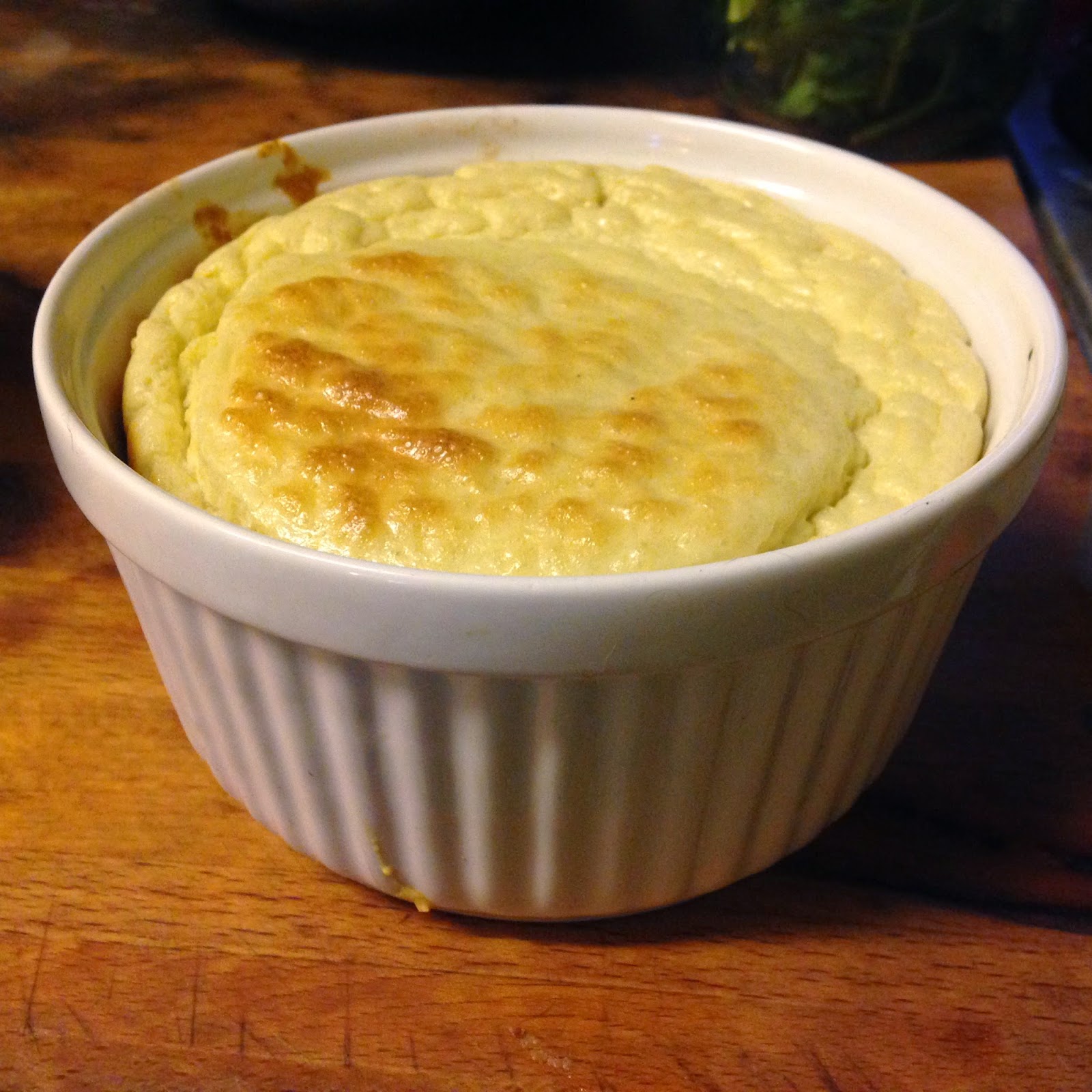Summer Cooking
by Elizabeth David
Penguin Books 1955
 It's high summer in Michigan now and it's time for my annual
reading of Elizabeth David's Summer Cooking. I don't remember when I first started reading it in the summer, but it
has become a small ritual of the season. Sometimes I read one or more of the
others in my Penguin box set: French Country Cooking, French Provincial
Cooking, Italian Food or Mediterranean Food; the latter is just as timely for
the season with its emphasis on warm weather crops.
It's high summer in Michigan now and it's time for my annual
reading of Elizabeth David's Summer Cooking. I don't remember when I first started reading it in the summer, but it
has become a small ritual of the season. Sometimes I read one or more of the
others in my Penguin box set: French Country Cooking, French Provincial
Cooking, Italian Food or Mediterranean Food; the latter is just as timely for
the season with its emphasis on warm weather crops. But Summer Cooking is a must each year as the days get a little too warm and the threat of too much produce becomes more real. It's a slim book so it doesn't take long and it's packed with ideas on how to make the most of summer eating. Not necessarily cooking, because one of the book's strengths is David's recognition that although summer is bountiful in terms of produce, we often don't feel like cooking with a lot of heat or fussing over complicated recipes. Simpler is better in the summer and many of her recipes are ideas for salads and cold plates.
The more I read David the more I wonder at her food. Given
that when she wrote these England
was barely past WWII and had only just begun to end rationing, her books must
have been like a fever-dream to UK eaters. Not only did David draw on foreign
cuisines, she called for ingredients that were neither in vogue or readily
available to her readers including such modern staples as olive oil, red
peppers, and zucchini.
Yet somehow she doesn't come off as snooty or contrived.
Rather than causing anger at food that is hard to obtain, she inspired
generations to reach higher. And if you couldn't get bottarga or fresh
anchovies, then you could use her same focused approach on the ingredients you
did have. In David's world a good cook stops complaining about what she can or
cannot get and uses what is good to make something worth eating.
Summer Cooking is all
over the map culinarily-speaking. Perhaps that is one of the reasons it still
seems fresh. The flavors are bold, with liberal use of herbs and acids. There
is an emphasis on seasonal vegetables which is useful, as well as advice that
still holds up today on how to cook when on vacation. Perhaps that is because
many of today's summer cottages still have kitchens equipped from the 50s.
I use this book more for ideas than for recipes. I have made
some and adapted some so thoroughly that they look nothing like hers although
in my head I still think of them as a Elizabeth David recipes. Take her tonnato
sauce for example. For years, every summer I make this once or twice and eat it
on top of green beans and/or sliced tomatoes. Traditionally tonnato is a
tuna-based mayonnaise sauce that you pour over cooked veal and let chill. I'm
sure that is good, but I've never bothered with the veal roast. It just sounded
like it would be good as a dip/sauce for veggies so I made it.
I think I make it from David's recipe but in looking it over
for this post I realize I have drifted far off course. I don't measure it
anymore either, just add everything to taste. I think David would approve, but
she was known for her opinionated voice, so perhaps not unconditionally.
If tonnato sauce intrigues you, feel free to play with mine:
1 5oz can of chunk light tuna (note not albacore--you want the mushy stuff for this)
2 Tbs of mayonnaise
1 lemon--you'll need ½ to all of the juice
1 Tbs water
1 Tbs olive oil
½ tsp of anchovy paste
fresh pepper. Salt if needed
Puree all ingredients in a blender. Serve with cooked green
beans, tomatoes from the garden and/or hard-boiled eggs.
In contrast, here is what David's recipe says:
"Make a good cupful of mayonnaise with 2 yolks of eggs,
olive oil and lemon juice. Pound or sieve about 2 oz. of best quality-tunny
fish in oil, and add this to the mayonnaise."
So where did I get the rest of mine? Perhaps an amalgamation
of other recipes, perhaps I stole it from Marcella Hazan? More research will be
needed.






















